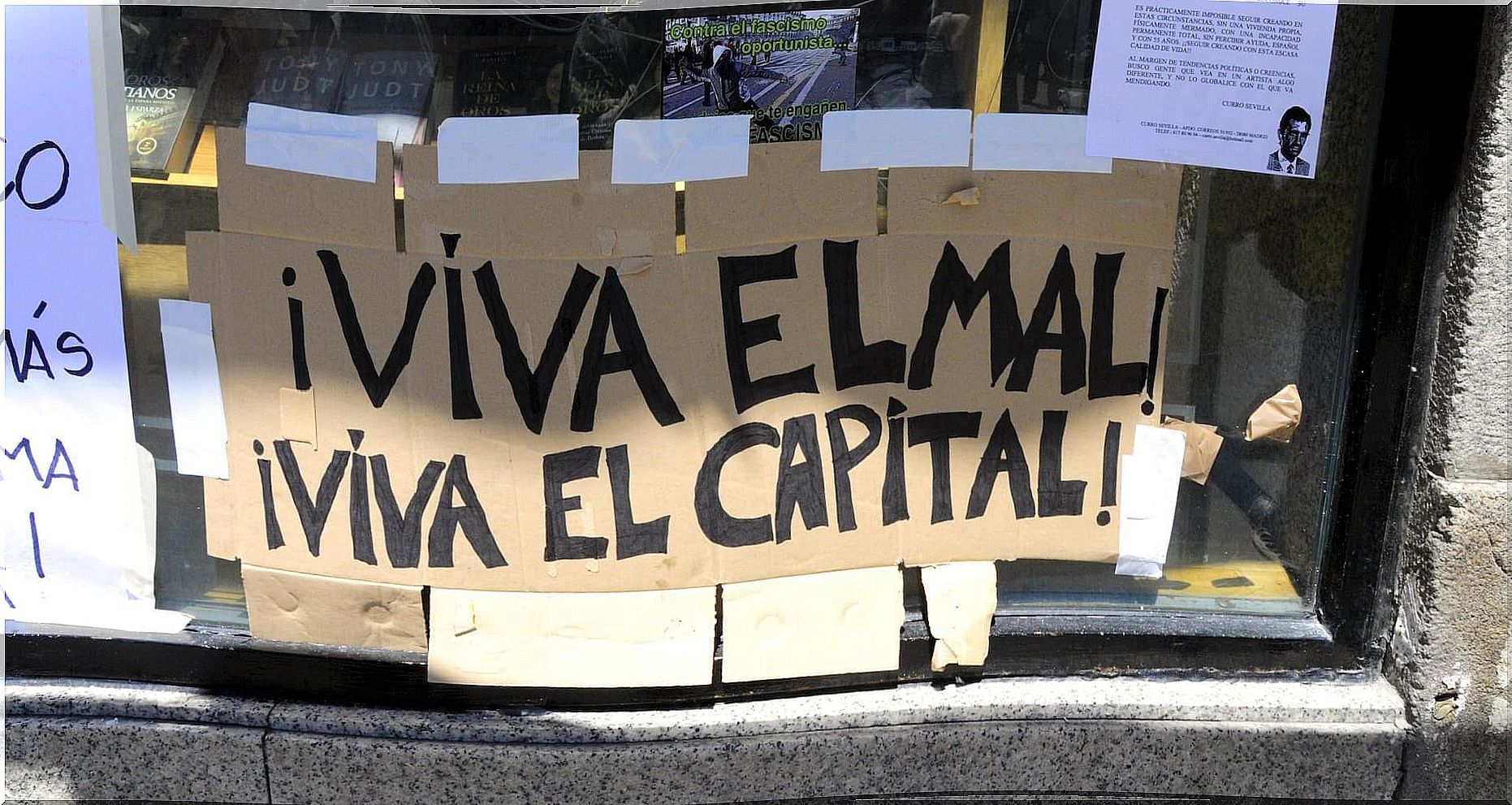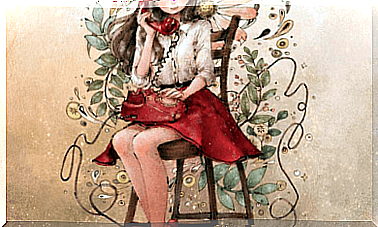The Spark Of Outrage

The beginning of citizen movements or revolts is often interpreted as the cause of many factors and they often have in common a “spark of indignation” that unleashes them. This spark can be very different and what in some riots acts as a fact or trigger probably is not in others.
The latest riots in which citizen movements have taken to the streets in protest have been those that have occurred in cities in Europe and the United States. Prior to these, the Arab countries also experienced similar revolts that some consider precursors of the European revolts.
Sparks of outrage from the “Arab Spring”
If we look at the Arab countries, where a few years ago riots broke out that, although they achieved very different changes in each country, carried similar slogans, “Bread, dignity and freedom,” we will see that the “spark” that each one unleashed it is very different.
Tunisia’s so-called “Arab Spring” began after Mohammad Buazizi burned himself like a bonze in front of the Tunisian parliament. The dissemination of this action occurred thanks to the fact that his cousin recorded and shared the images on social networks.
This event was the trigger, but Mohammad was not the first to be burned, nor possibly the last. Nor is it the only country in which events like this have occurred.
The Buddhist monks of Tibet have practiced it for years without its repercussion having such great relevance. Even in countries like Spain and Italy, which have been harassed by an economic and social crisis, these self-immolation practices have occurred without major repercussions.
Another example of a spark of indignation is the one unleashed by the so-called Syrian Arab Spring, the tragic end of which has yet to be elucidated. There, some young people between 9 and 14 years old painted some graffiti supporting the fall of the Basar Al-Asad regime.

The government retaliated by imprisoning them and the protests of the parents were forcefully repressed with the lives of some of them, even those who attended the funerals of the parents. This strong repression was the spark that unleashed the Syrian spring.
For its part, in Egypt, the “spark” was the Tunisian revolution, which brought hope to the Egyptian people. After six immolations in protest against the rise in food prices, a call was made to the youth to take to the streets through a Facebook page dedicated to a blogger killed by the police in 2010, “We are all Khaled Said ”.
The spark of western outrage
If we look towards the Western world, in the United States the Occupy Wall Street movement began when a group of people, taking the Arab revolutions and the protests in Spain and Greece as an example, called a hangout to take over Wall Street. They made the slogan “We are the 99%” travel across the globe.
In Spain, the most characteristic movement has been the 15-M. This began when citizens were called to demonstrate through the Facebook page “Real Democracy YA”.

Social movements and the media
These social movements were promoted and disseminated through the internet and ended up occupying the public space. The exchange of information allowed different elements of power to be interconnected to construct meanings that legitimize the existence of these protests.
Since communicating is sharing meanings through the exchange of information, and taking into account that the traditional media are dominated by corporations and governments, the Internet emerges as a freer connection channel that connects citizens with similar concerns.
Manuel Castells, in his book “Networks of indignation and hope: social movements in the Internet age”, uses the concept of “mass self-communication” to name this new way of communicating in the Internet age. It is mass communication since it is massive and it is self-communication because the sender chooses the message autonomously and designates the possible recipients.
Bearing in mind that all power entails the existence of counter-power, it must also form its own operating network seeking to “reprogram” power from different interests.
Thus, the social movements that are built on the Internet share information, upload videos of the demonstrations and repressions, get excited and outraged in order to become a new power. Once people are connected, informed and free from fear driven by anger, it is time to take another step. This step is to occupy the public space, which leads to creating a community that becomes visible as a citizen movement.

Characteristics of social movements
These social movements described at the beginning, in addition to others, share certain characteristics, some of which are:
- They are networked in many ways. They are a network of networks without an identifiable center or leader, it is a decentralized structure. They begin in the networks and then become a movement by occupying urban space in public squares or through continuous demonstrations.
- The movements are global and local because they occupy a physical space in a certain area but at the same time they are connected throughout the world, they learn from the experience of others and create their own networks.
- They have generated “timeless time”, they live day by day, without knowing when the eviction will be, and in their debates and projects they refer to a horizon of unlimited possibilities.
- They are spontaneous in origin, usually triggered by a spark of outrage. After the spark, an instant community of insurgent practices is created.
- The movements are viral. They spread mobilizing images, they trigger hopes of the possibility of change.









